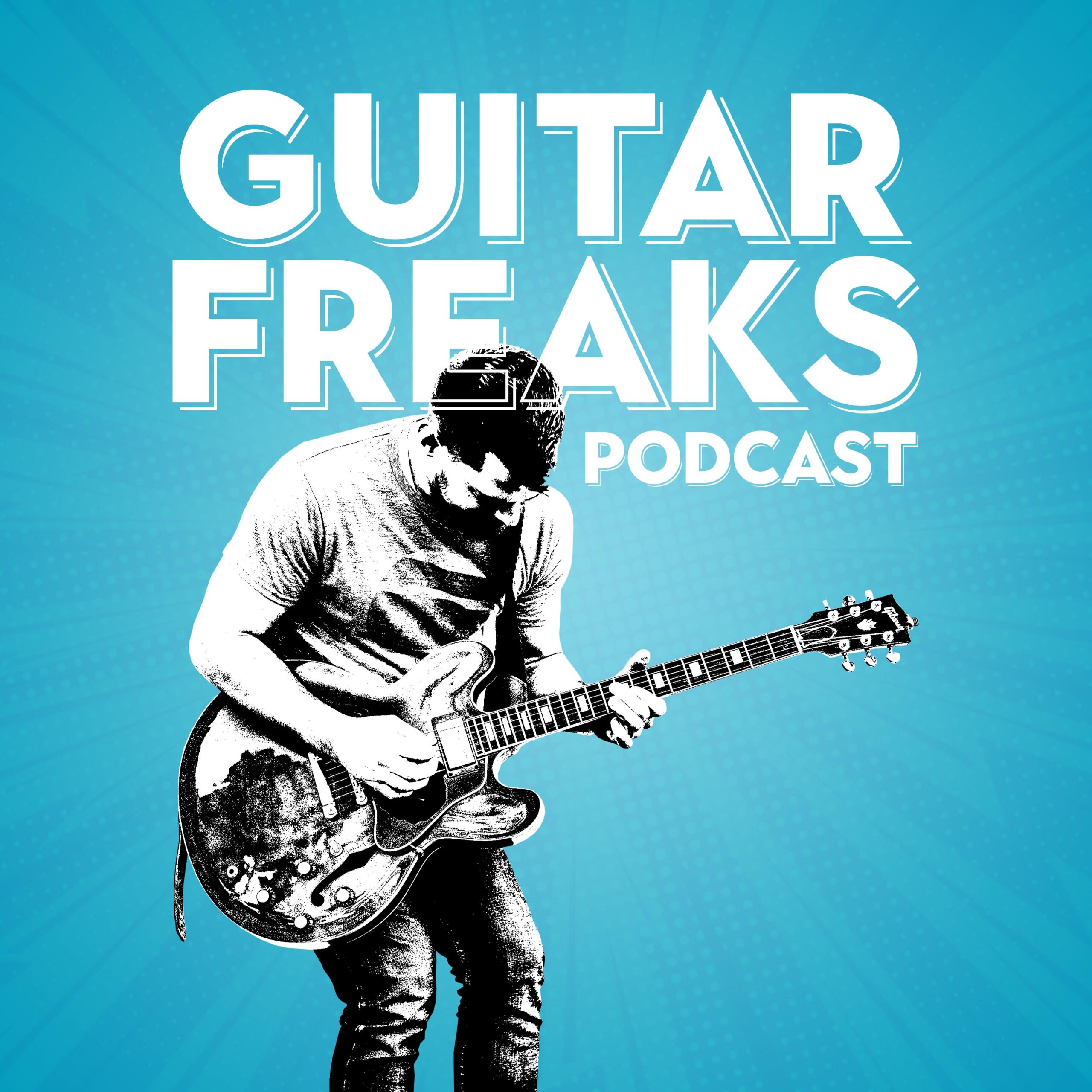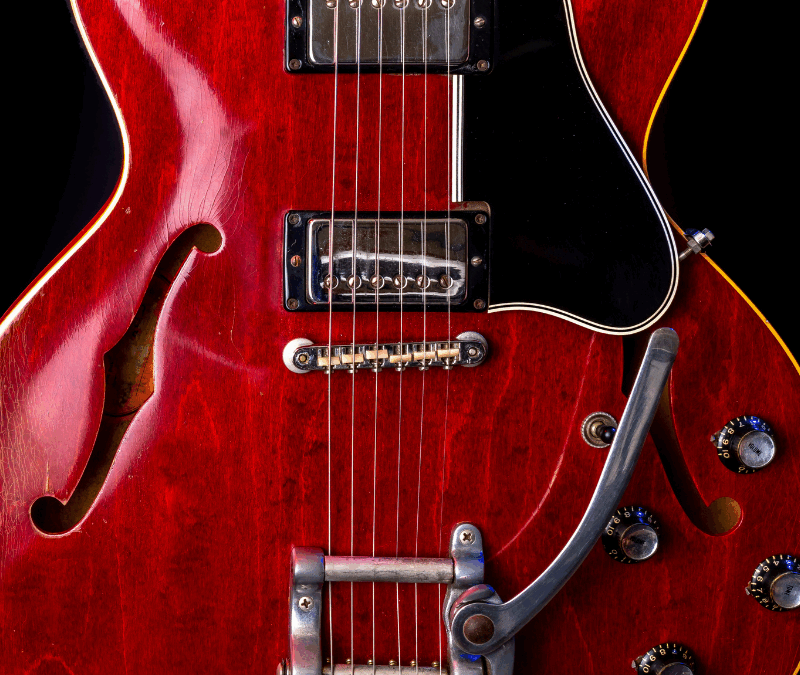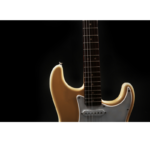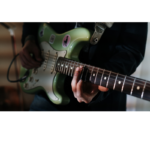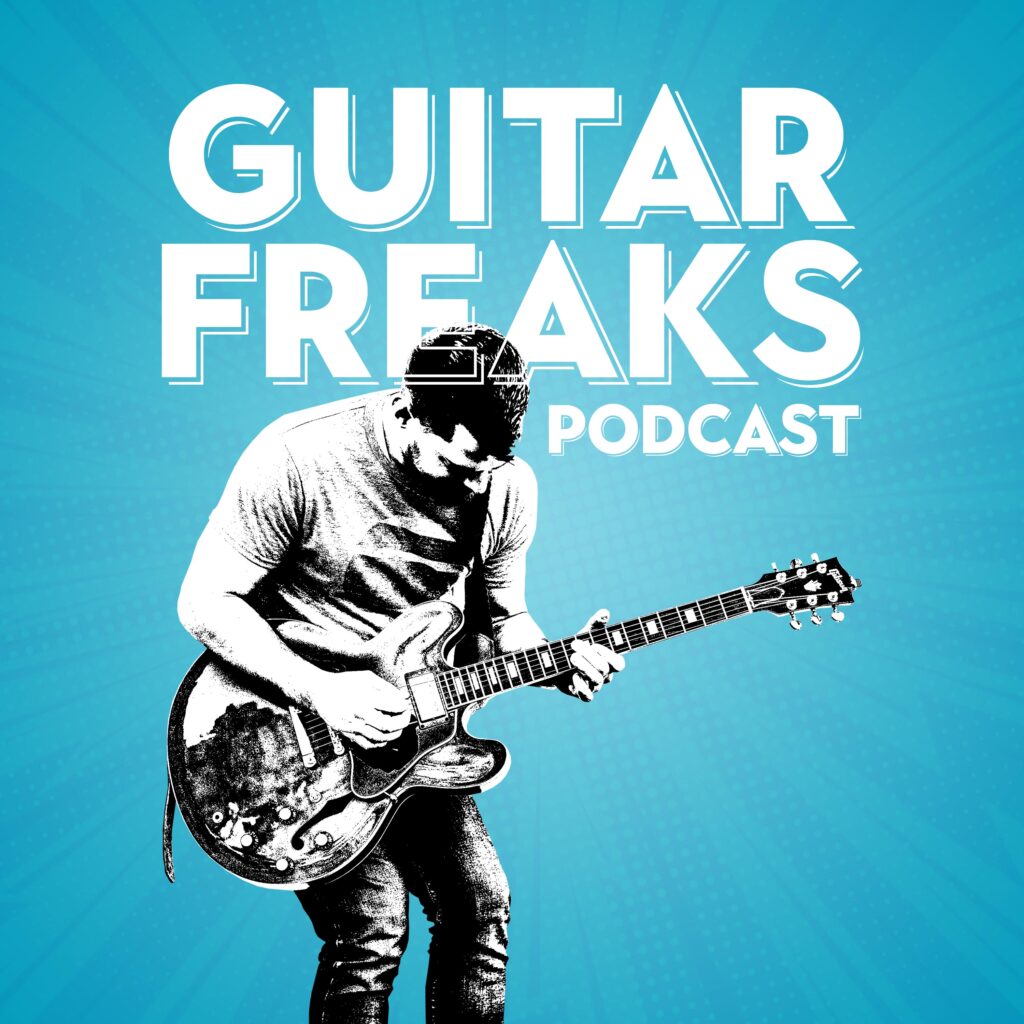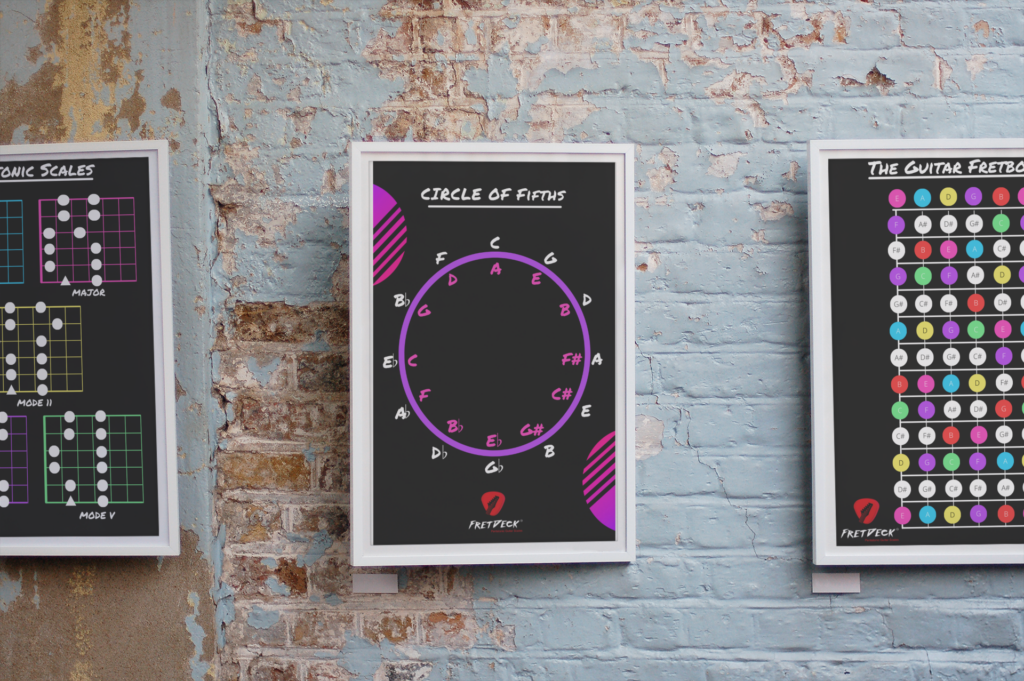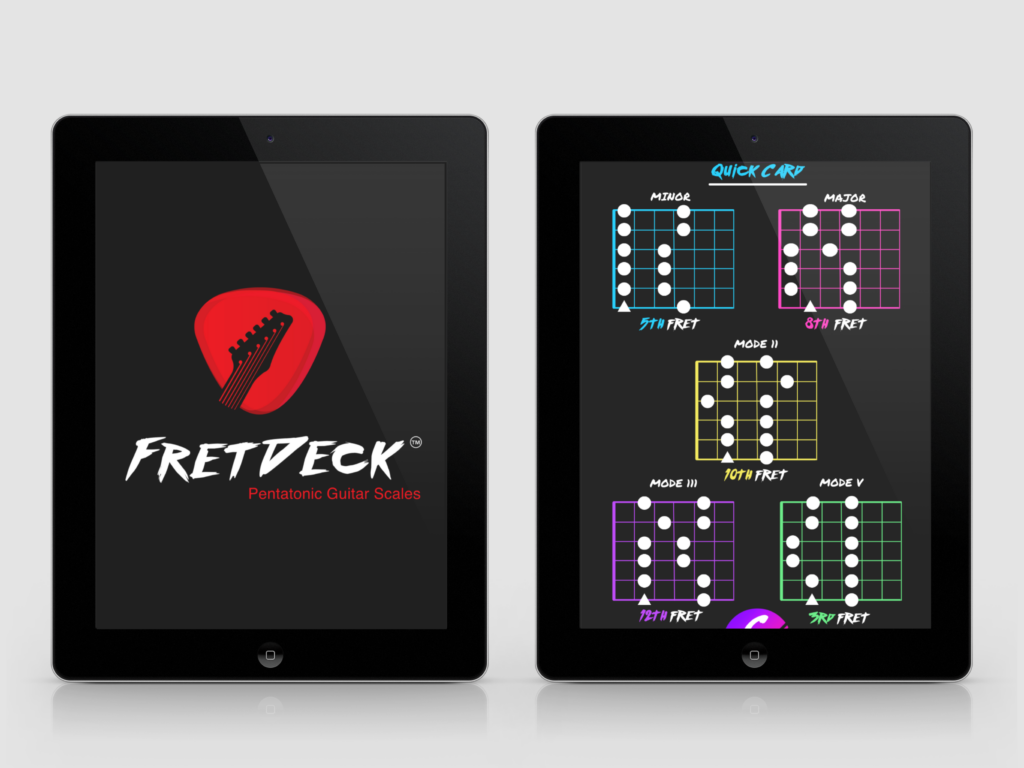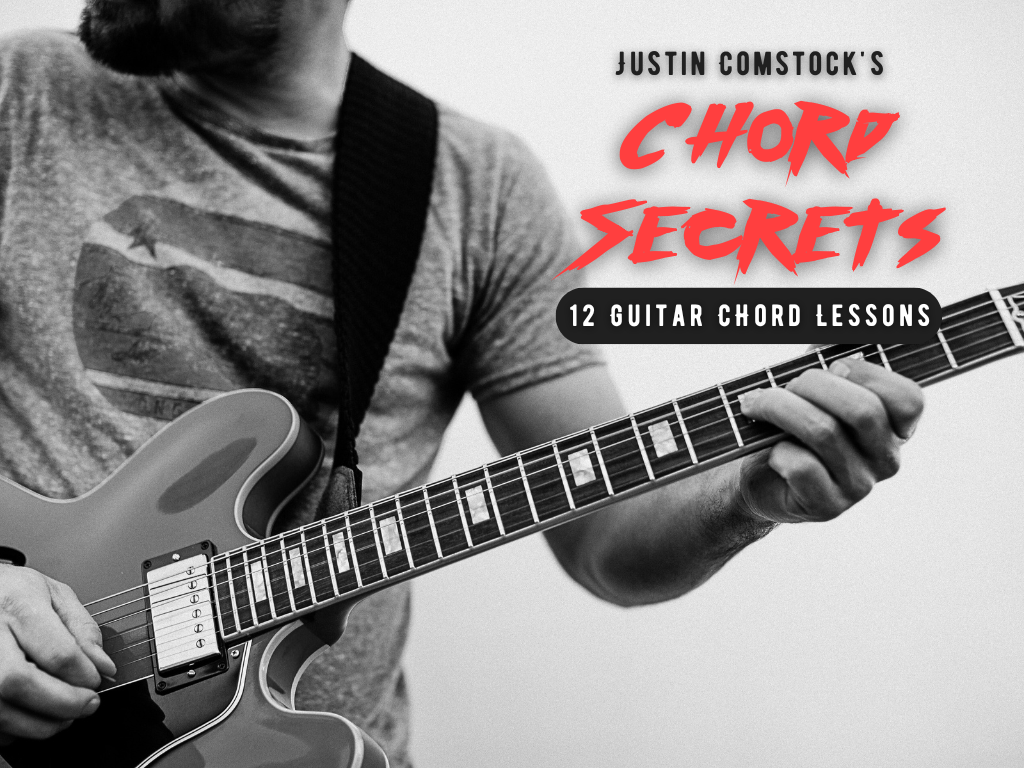There’s something primal about the sound of a blues guitar slide. It’s raw, it’s vocal, and it feels like the guitar is crying out—sometimes with sorrow, other times with pure fire. Listen to players like Duane Allman, Muddy Waters, or Derek Trucks, and you’ll hear that haunting, glassy tone that only a slide can deliver.
But here’s the thing: playing slide guitar isn’t just about putting a piece of glass or metal on your finger. It’s about phrasing, touch, and knowing where the notes live on the fretboard. In this post, we’ll dig deep into the craft of blues guitar slide—how to get started, how to make it sing, and how to use it to tell your own story.
Why Slide Guitar Captures the Blues So Well
Blues is all about bending notes—stretching them past their limits to squeeze out emotion. A slide takes that idea to another level. Instead of pushing a string up or down, you glide across it, smearing the pitch like a voice. The result? A sound closer to the human cry than any other technique.
Imagine someone humming and then sighing mid-note—that’s what a great slide phrase can feel like. The blues guitar slide captures that blend of longing and release. It’s imperfect, and that’s exactly why it’s beautiful.
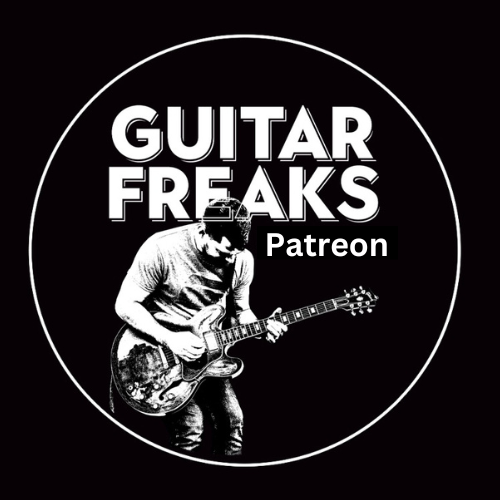
🎸 Join the Guitar Freaks Patreon!
Get SoloCraft™ E-Book & FretDeck™ FREE!
Join Guitar Freaks on Patreon and instantly unlock my full e-book SoloCraft & FretDeck™ Guitar Scales—your step-by-step guide to fretboard mastery and crafting soulful solos.
New video lesson drops every Friday so you’ve always got a fresh, focused practice plan for the week.
👉 Don’t miss out—join now and grab your free copy!
Choosing the Right Slide
Before you start practicing licks, you’ll need a slide. And not all slides are created equal.
- Glass Slides: Smooth, warm, and often favored for electric blues. Think Duane Allman’s signature tone.
- Metal Slides (Brass/Steel): Bright and biting, with more sustain and attack. These cut through a band mix beautifully.
- Ceramic Slides: A balance of warmth and grit—great if you want something versatile.
Pro tip: Don’t just buy a slide based on material. Pay attention to fit. If it’s too loose, you’ll lose control. Too tight, and you’ll cut off circulation. Your slide should feel like an extension of your hand.
Setting Up Your Guitar for Slide
Here’s a truth most beginners miss: if your guitar isn’t set up for slide, you’re fighting an uphill battle.
- Action: Raise it slightly. Low action might buzz when the slide touches the strings.
- Strings: Heavier gauges work best. Light strings get pushed sharp too easily.
- Open Tunings: While you can play slide in standard, blues players often prefer open tunings like Open D (D A D F# A D) or Open G (D G D G B D). These tunings let you strum across all six strings and get full, resonant chords with the slide.
If you want to play like Son House or Muddy Waters, start with Open G. If you’re chasing Derek Trucks’ sound, try Open E or stay in standard but focus on phrasing.
Technique: Making the Slide Sing
Now let’s talk technique—the soul of slide playing.
1. Light Touch
Don’t press the slide into the fretboard. Let it rest on the string, directly over the fret wire. Too much pressure, and you’ll choke the note.
2. Intonation
This is the heart of blues guitar slide. Your pitch needs to be dead-on, or it’ll sound out of tune. Play slow, focus on landing squarely above the fret, and use your ears.
3. Muting
Unwanted string noise is the enemy. Use your picking hand palm to mute strings behind the slide. Also, trail your fretting fingers lightly behind the slide to keep things clean.
4. Vibrato
Vibrato is the soul of slide. Instead of wiggling your finger up and down like in standard playing, roll the slide slightly back and forth. Listen to Ry Cooder—his vibrato sounds like someone’s singing.
Building a Slide Vocabulary
Let’s dig into some musical ideas.
Classic Blues Lick in Open G
Start on the 12th fret of the high strings, slide down to the 10th, then back up. Add vibrato. It’s a simple move, but it’s got the same DNA as a Robert Johnson riff.
Call-and-Response
Play a short lick on the low strings, then answer it higher up. Slide guitar is conversational—make it sound like two voices talking to each other.
Microtonal Slides
Instead of sliding from fret to fret, move just a little—like a sigh. These tiny gestures make your playing human and emotional.
Famous Blues Guitar Slide Players to Study
If you’re serious about this craft, here are some players to listen to:
- Muddy Waters – The godfather of electric slide. His raw tone defined Chicago blues.
- Elmore James – Known for his piercing, electrified slide riffs.
- Duane Allman – Brought slide into Southern rock with passion and precision.
- Derek Trucks – A modern master, with phrasing as fluid as a vocalist.
- Bonnie Raitt – Proof that slide can be tender, not just aggressive.
Each of these players brings something unique to the blues guitar slide tradition. Copy them, but also find your own voice.
Practice Prompts for Slide Guitar
Here are some exercises you can journal in your practice routine:
- One-String Melodies: Pick a song you know and play the melody on just one string with your slide.
- 12-Bar Blues with Slide: Strum through a standard 12-bar progression in open tuning, using your slide for fills.
- Sustain Control: Hold notes with your slide as long as possible—work on keeping the tone even.
- Slow Vibrato Drill: Take a single note and experiment with vibrato speed.
Consistency is everything. Slide takes patience, but the payoff is enormous.
The Emotional Side of Slide
When you play slide, you’re not just hitting notes—you’re telling stories. Think about what you’re trying to say before you touch the string. A whisper? A shout? A cry of joy?
The best slide players don’t fill every bar with licks. They leave space. They let notes hang in the air, unresolved. That tension is what makes the blues feel alive.
Why Most Guitarists Fail at Slide
Here’s where the tough love comes in. Most players give up on slide because they:
- Don’t set up their guitar properly.
- Don’t practice intonation slowly.
- Try to play slide like regular guitar.
But if you flip your mindset and treat the slide like a voice, the results are stunning.
Take Your Slide Journey Further
If you’ve been nodding along, here’s the truth: reading one blog post won’t make you a great slide player. You need prompts, exercises, and consistent coaching. That’s where my Patreon community comes in.
Inside, I share:
- Exclusive slide guitar practice prompts.
- Backing tracks to jam along with.
- Deep-dive lessons on phrasing, tone, and improvisation.
- Direct Q&A where I answer your questions personally.
Think of it as your personal guitar mentor—at a fraction of the cost of private lessons. But spots are limited, and if you don’t take action, you’ll keep spinning your wheels trying to figure this out on your own.
👉 Join my Patreon today and let’s transform your slide playing together.

🎸 Join the Guitar Freaks Patreon!
Get SoloCraft™ E-Book & FretDeck™ FREE!
Join Guitar Freaks on Patreon and instantly unlock my full e-book SoloCraft & FretDeck™ Guitar Scales—your step-by-step guide to fretboard mastery and crafting soulful solos.
New video lesson drops every Friday so you’ve always got a fresh, focused practice plan for the week.
👉 Don’t miss out—join now and grab your free copy!
Final Thoughts
The blues guitar slide is more than just a technique—it’s a voice. It’s the sound of emotion poured directly into strings. From Muddy Waters to Derek Trucks, slide players remind us that guitar is less about perfection and more about feeling.
So grab a slide, set up your guitar, and start exploring. The road might be bumpy at first, but with patience, you’ll unlock one of the most soulful sounds in music.
Link:
Utah Blues Festival: Don’t Just Watch — Be Part of the Movement That Keeps the Blues Alive
Link:
Want more inspiration? Listen to Derek Trucks live performances and hear how modern slide guitar can sound transcendent.
